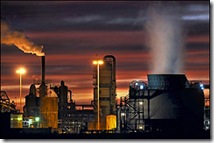
© UnknownGeothermal Plant
Geothermal power is emerging as a significant player in the alternative energy space, with operations cropping up around the world and high hopes for powering significant numbers of homes and businesses as an alternative to traditional electricity. But as with all prospects in alternative energy, geothermal power is not without its downside. Currently,
a great deal of effort is being poured into determining just how damaging geothermal drilling is - or if it even exists. The question of whether geothermal drilling can trigger, either directly or indirectly, the harrowing natural disaster of earthquakes has been generating quite a bit of buzz lately. So how is the verdict on this controversial topic coming along?
One school of thought proposes that our activities in international geothermal drilling simply aren't intense or widespread enough to have much of an impact on seismic activity. The argument here primarily rests within the idea that the Earth is pretty big, pretty powerful, and is able to get by pretty well without caring much about our relatively tame activities in drilling. A geologist with a specialty in volcanoes, Erik Klemetti posits that in terms of depth and breadth, geothermal drilling simply doesn't have enough power to set off volcanic eruptions, phenomena which also relies on the movements of the planet's fault lines as well as tectonic plates.
Klemetti's opinion is culled from the investigation of recent eruptions on an island in the Philippines, where twenty earthquakes took place in succession shortly following geothermal drilling on the Canlaon Volcano. Proponents of this idea of the inability of human efforts to greatly affect the Earth's eruptions point out that while it can be tempting to link seismic activity with nearby or recent drilling projects, these seemingly coincidental events are not enough to imply causation.

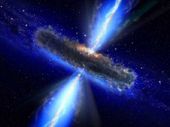
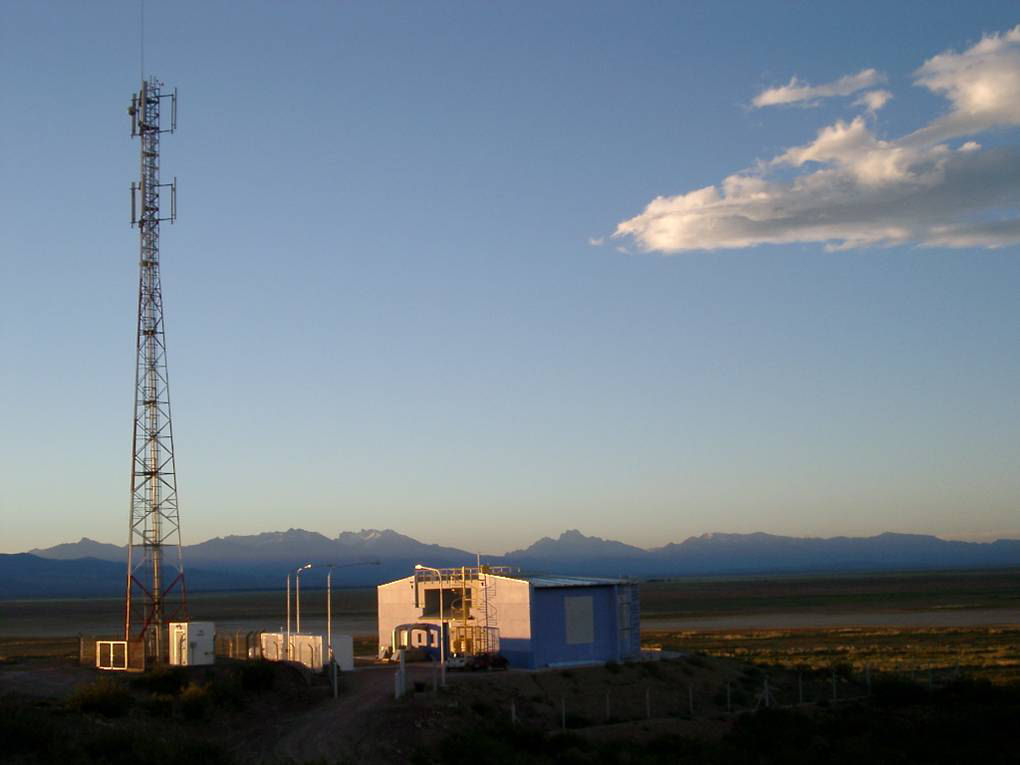

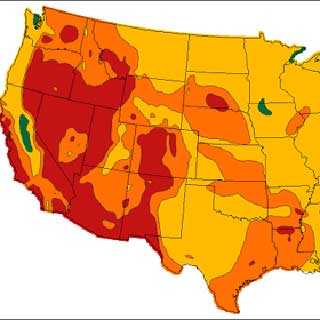

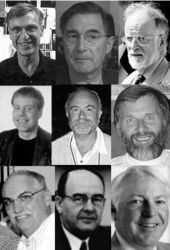



Comment: Perhaps this is why these small earthquakes are happening here: US: Seventh earthquake since June 2 strikes Cleburne, Texas